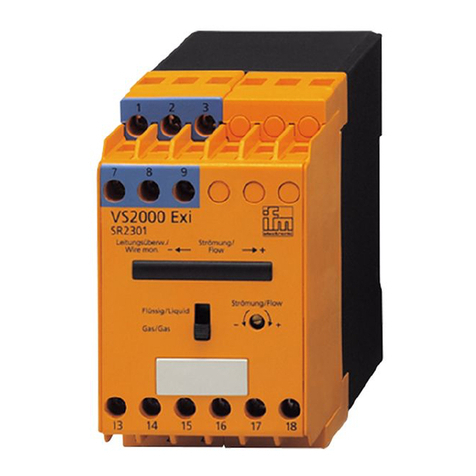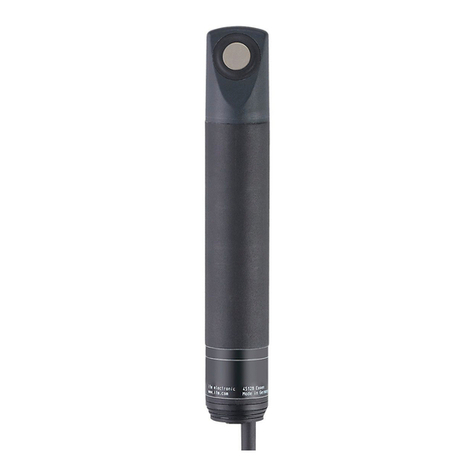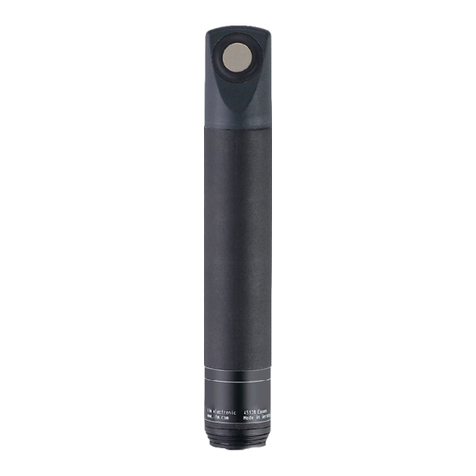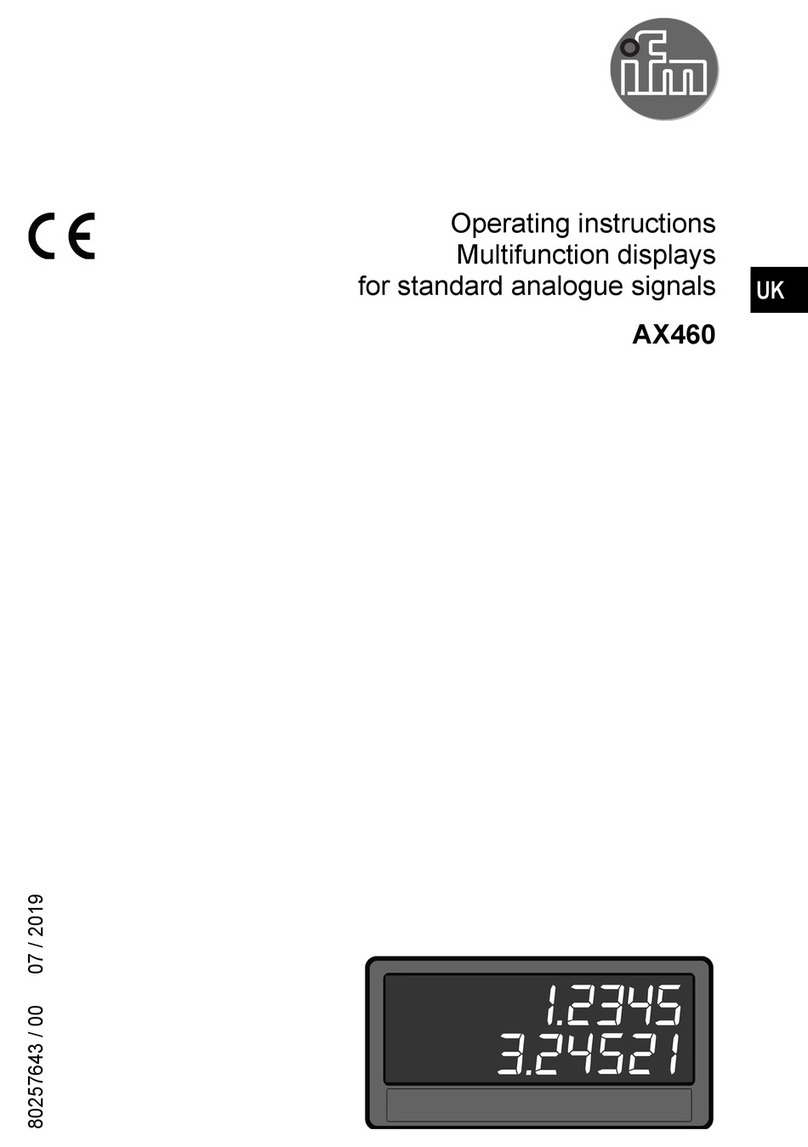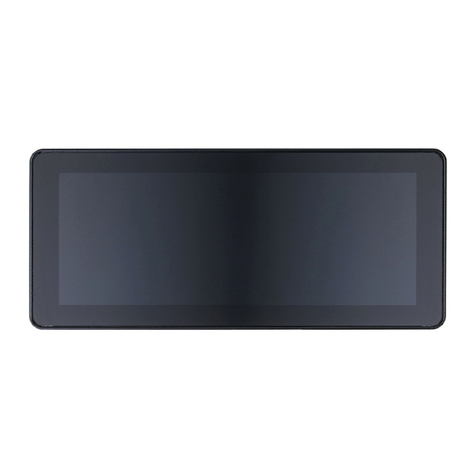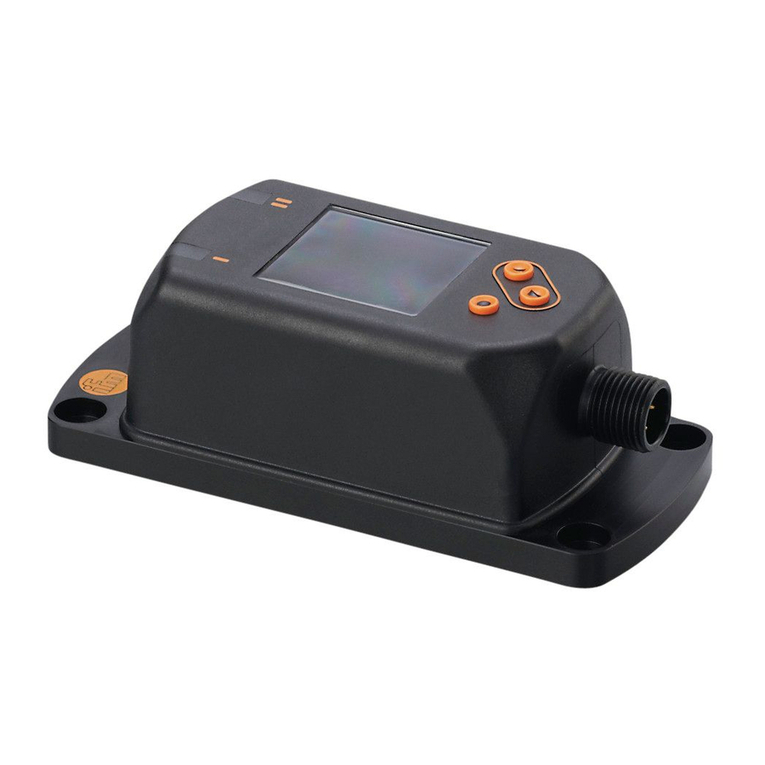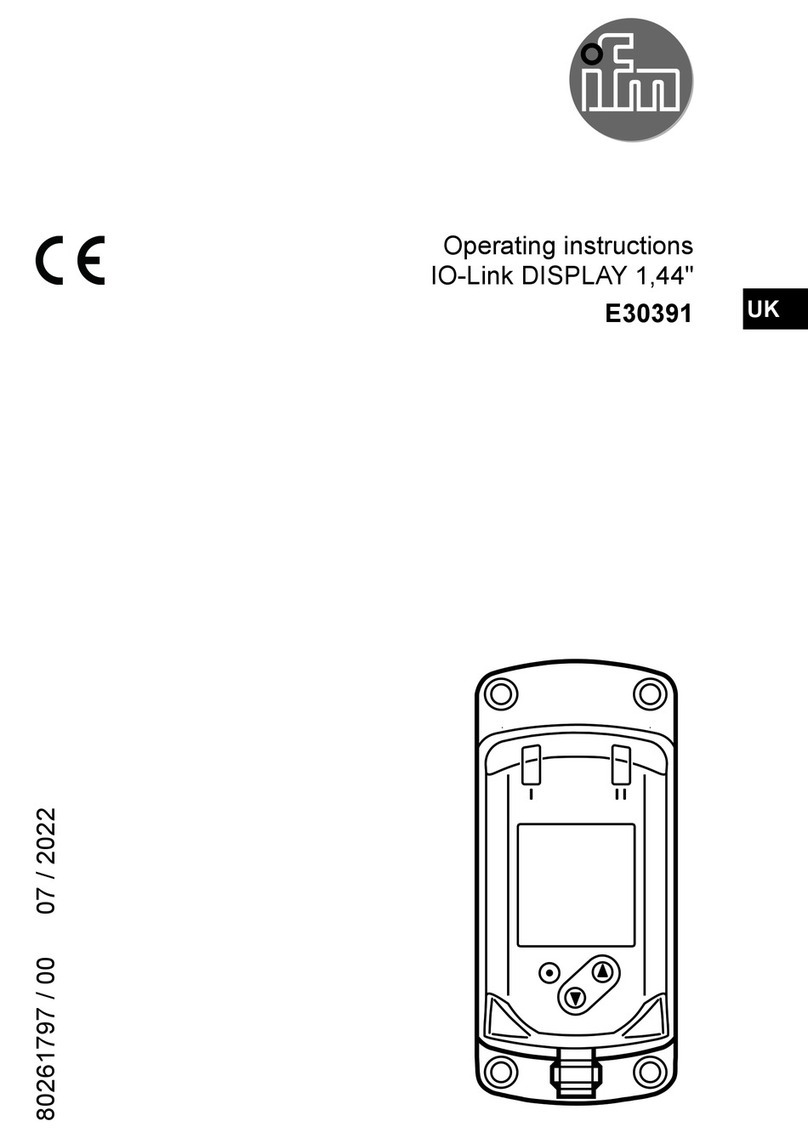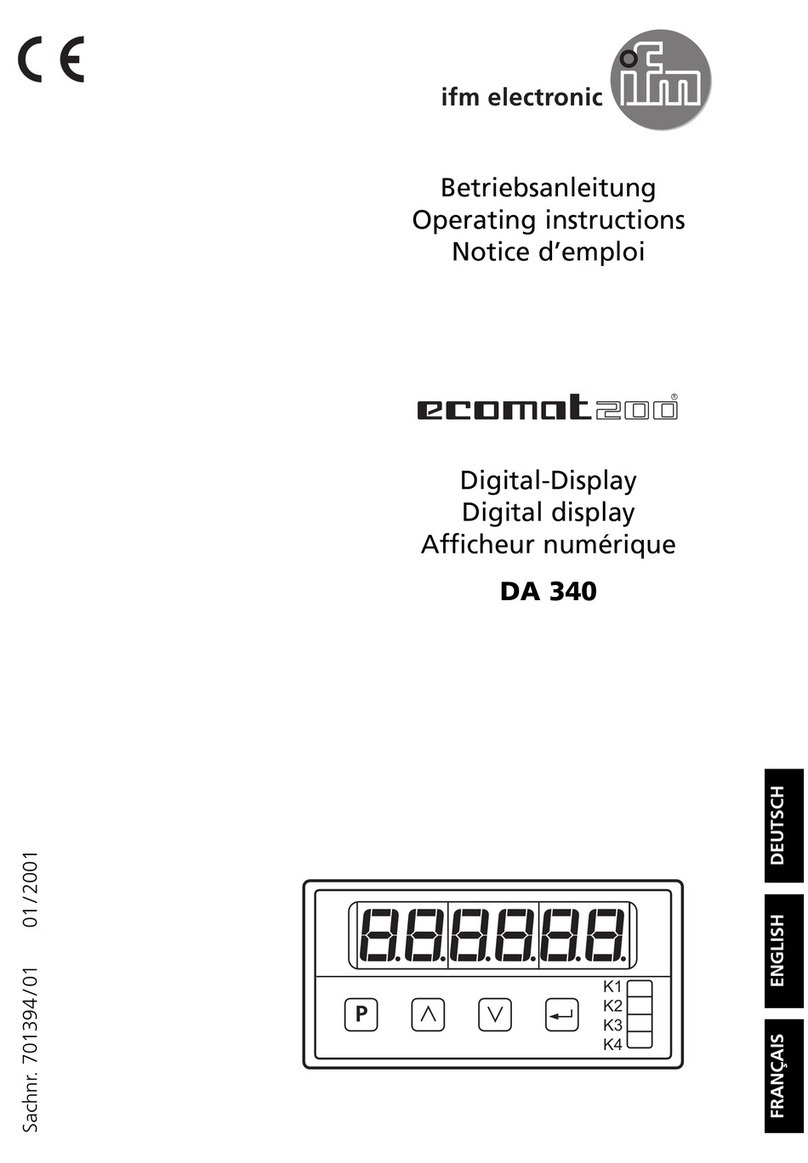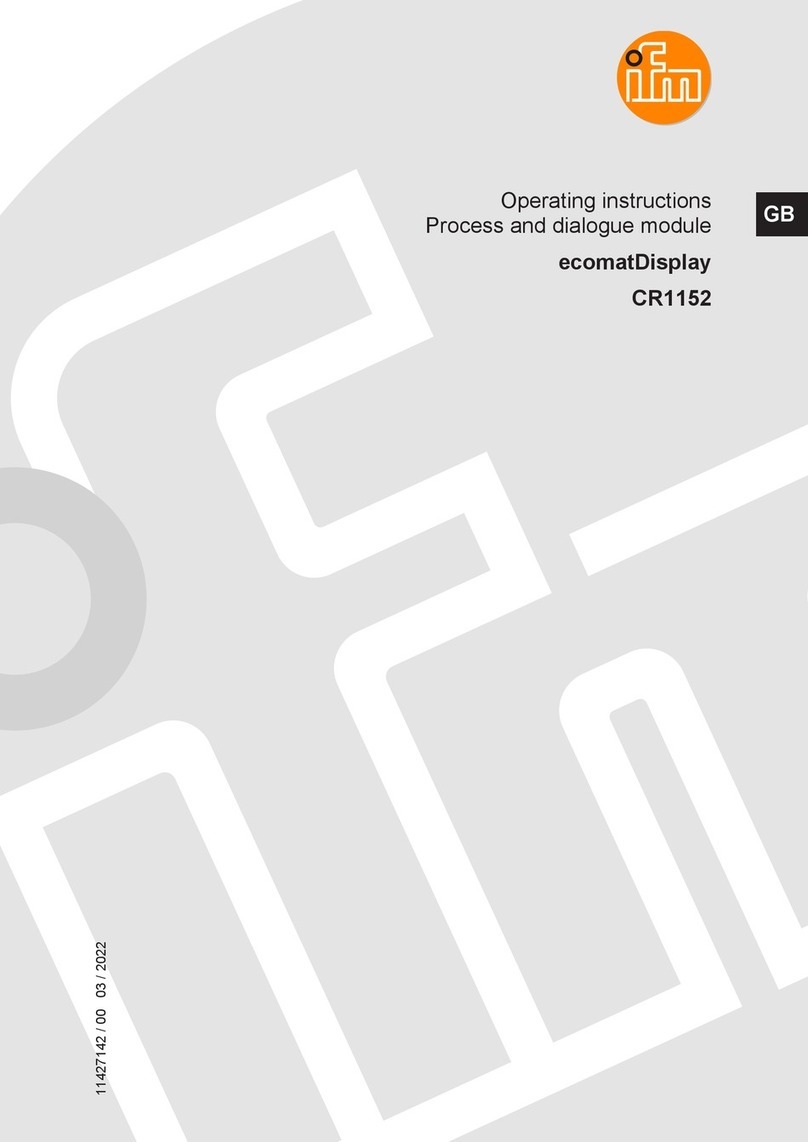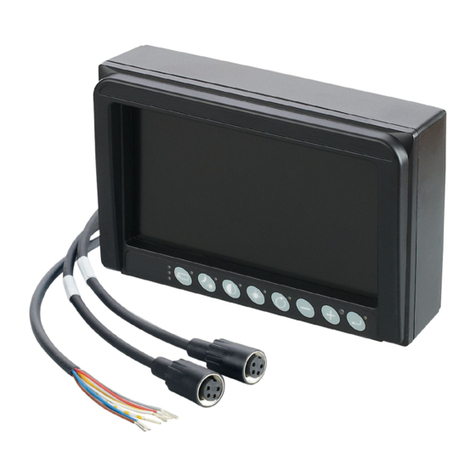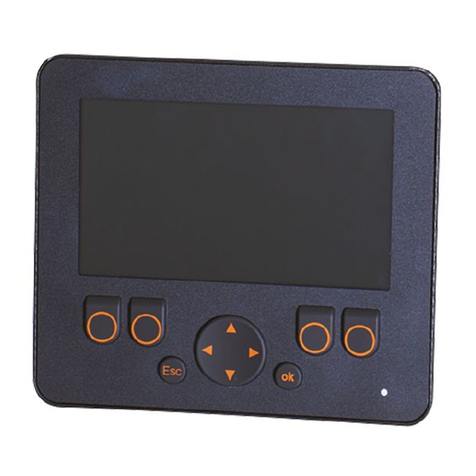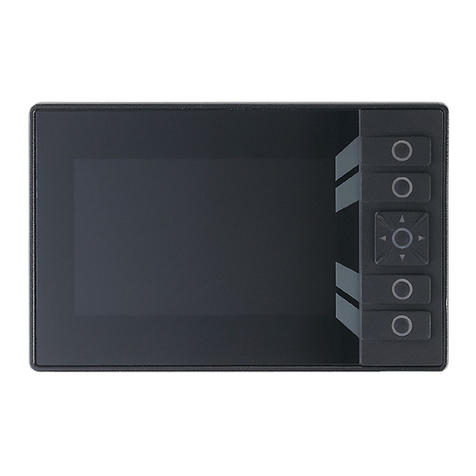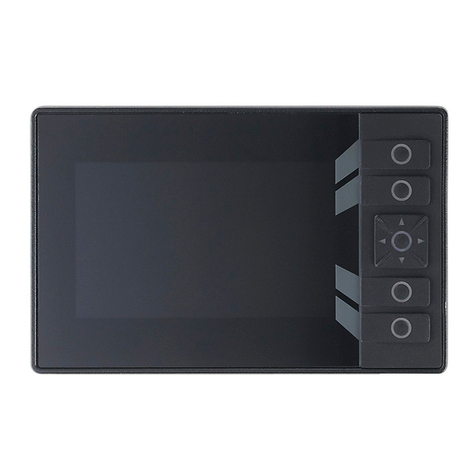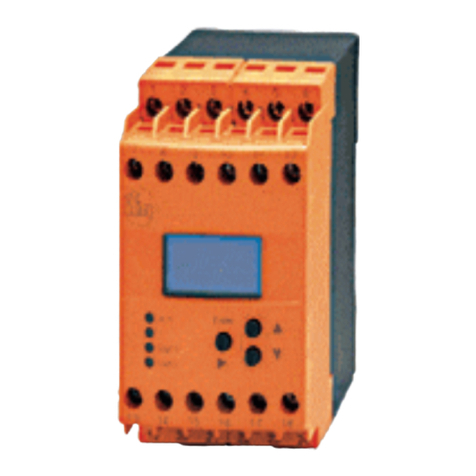
SI5012 Flow monitor
2
Contents
1 Preliminary note ............................................................. 3
1.1 Symbols used.......................................................... 3
1.2 Warnings used ......................................................... 3
2 Safety instructions............................................................ 4
3 Intended use................................................................ 5
4 Function ................................................................... 6
5 Installation.................................................................. 7
5.1 Installation position...................................................... 7
5.1.1 Immersion depth.................................................... 7
5.1.2 Recommended mounting position....................................... 7
5.1.3 Conditionally possible installation position. . . . . . . . . . . . . . . . . . . . . . . . . . . . . . . . . 7
5.1.4 Impermissible installation position . . . . . . . . . . . . . . . . . . . . . . . . . . . . . . . . . . . . . . . 8
5.2 Interference............................................................ 8
5.3 Process connection...................................................... 8
6 Electrical connection.......................................................... 10
7 Operating and display elements................................................. 11
8 Set-up..................................................................... 12
9 Settings.................................................................... 13
9.1 Changing the switch point................................................. 13
9.2 High-flow adjustment..................................................... 13
9.3 Low-flow adjustment..................................................... 13
9.4 Changing the switching logic............................................... 14
9.5 Restoring factory settings (reset)............................................ 14
9.6 Lock / unlock........................................................... 14
9.7 Remote calibration ...................................................... 14
10 Operation .................................................................. 15
11 Troubleshooting ............................................................. 16
12 Maintenance, repair and disposal................................................ 17
